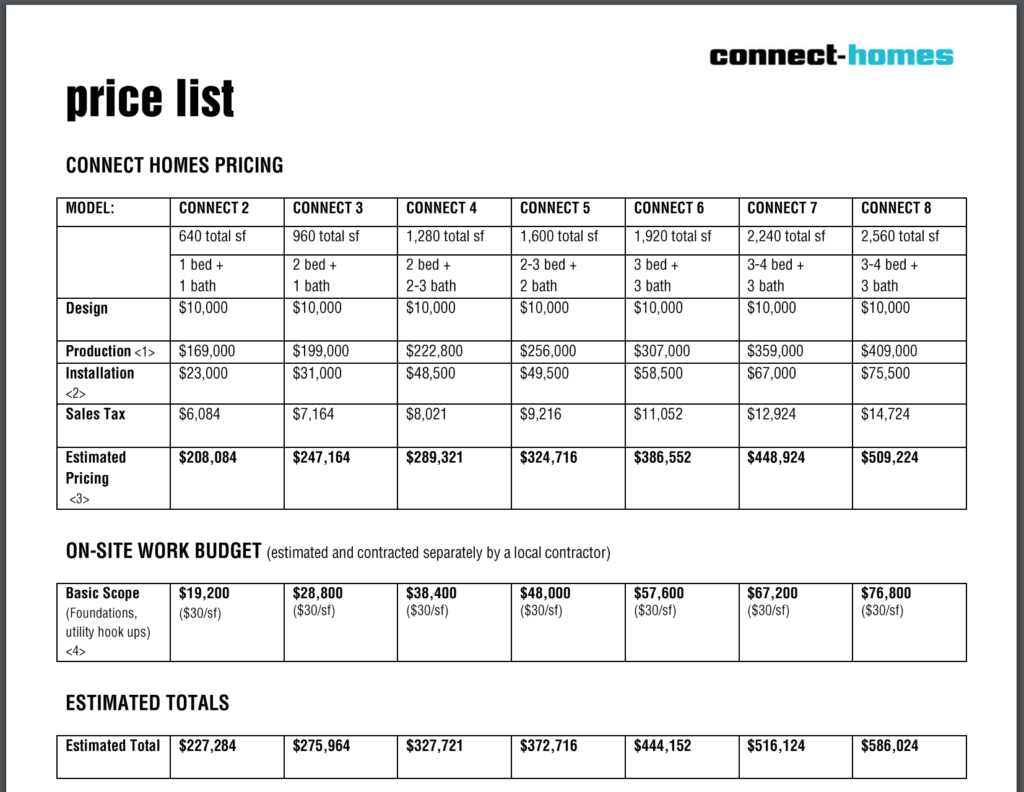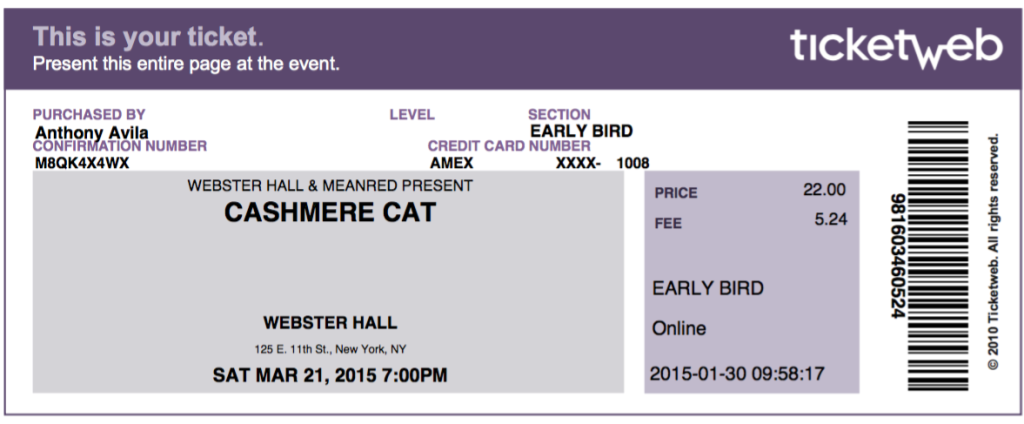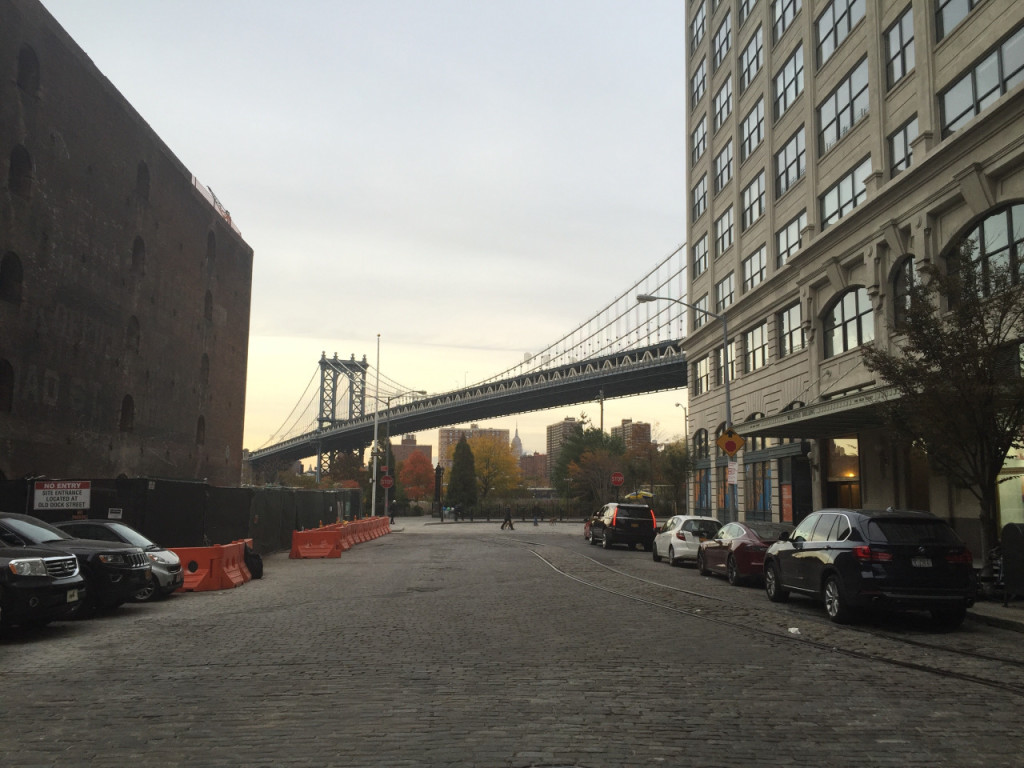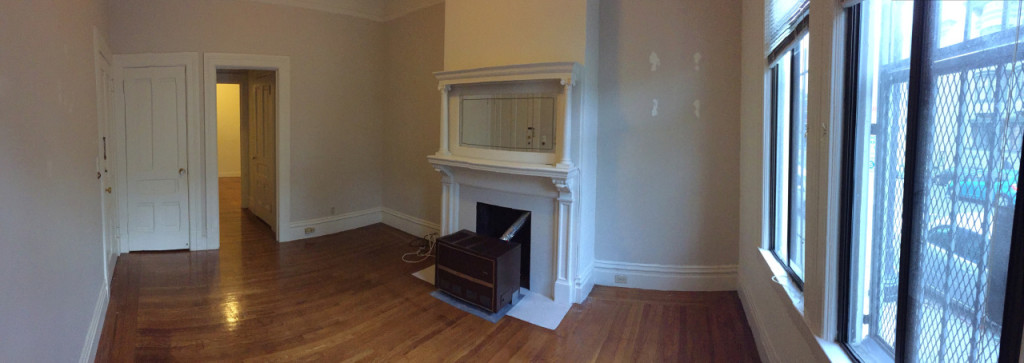via Houzz
Some things to ask before buying raw land…
GENERAL LEGAL ISSUES
1) Is this a legal lot? If not, how do I make it legal?
2) Are there any existing liens against the property?
3) Does the Zoning on the property permit my project?
4) Are there any existing zoning violations on the lot?
5) Are there any cultural heritage sites on the property?
6) Does the deed also convey the mineral rights to me? (Don’t be surprised if it doesn’t b/c on almost all land, the mineral rights have been divided from the surface rights. But do find out what minerals are likely to be located in your area and who owns those rights. Consider the possibility that the owner of the mineral rights may decide to mine for them. Laws generally give mineral rights owners amazingly broad rights of access to the surface property as NEEDED in order for them to reach their underground minerals. You do NOT want someone deciding to drill an oil well or strip mine for copper in YOUR back yard. It might be worthwhile to find out who owns the mineral rights and whether they would be willing to sell those rights to you for a small fee.)
NATURAL HAZARDS
7) Is the site subject to flooding? (Get a FEMA flood plain map and do NOT plan to build inside of or very near a 100 year flood plain. Even better, don’t build in a 500 year flood plain!)
8) Is the area subject to any other natural (or semi-natural) hazards? (landslides, forest fires, earthquakes, faults, subsidence, liquifaction, etc.
ACCESS ISSUES
9) Does the lot have legal access to a public road? (For example, if the only access to the public road system is via a private road over a neighboring property, will the buyer of the lot acquire a legal right to drive over that private road?)
10) Does the existing access roadway meet the fire department access requirements? If not adequate, what will it cost to improve the road?
SEWER/SEPTIC
11) Is the lot served by a public sewer system? If so, what is the sewer connection fee and does the sewer district have the capacity to serve my lot?
12)If public sewer connection is not available, will I be able to install a septic system on the lot? If a perc test has already been done, what were the results? (IF NOT, AND YOUR ARE GOING TO NEED A SEPTIC SYSTEM, MAKE THE CONTRACT CONTINGENT ON PERC RESULTS THAT WILL ALLOW FOR AN ADEQUATELY SIZED SEPTIC SYSTEM!)
WATER
13) Is the lot served by a public water system? If so, does the water purveyor have enough capacity to serve the lot? Do water lines already run to the edge of my property and if not, how far away are they and how much will it cost to get them to my property? How much is the water connection fee? How long does it take to get a water hookup?
14) If the lot is not served by a public water system, is it possible to drill a water well on my property? How much is drilling a well likely to cost?
15) Does the local fire department have water pressure requirements that I must meet before I can build?
OTHER UTILITIES
16) Does the lot already have access to electricity, gas, telephone, cable, trash pick-up services, etc. If not, what is it going to cost to get these services to the lot?
HOA
17) Does a Homeowners Association have jurisdiction over the lot?
18) Are there any Homeowner Association or Covenants, Conditions and Restrictions (CC&R’s) related to the development or use of the lot?
19) What deed restrictions exist on the lot?
SURVEYING
20) Has the lot been recently surveyed? (Get a copy of the survey but also have your own survey done BEFORE you buy… and either be on site when the survey is being done or have the survey company mark the boundaries with very clear markers that YOU can see. You don’t want to purchase land, start building and then discover that the land you actually purchased is the next one over from the one that you thought you purchased and started building on!
BUILDING PERMITS & RESTRICTIONS
21) What building permits are required to build on the property and what do those permits cost?
22) Are there any restrictions (city, county, HOA) on what you’re allowed to build and, if so, are you comfortable that you can design a home you want within those restrictions? Eg., height restrictions? impervious ground cover restrictions? minimum/maximum square footage requirements.
TAXES and MISC.
23) What taxing entities will be taxing your property and at what rates?
24) Is there ANY proposed growth/development in the area that would make the property less valuable to you or to a future buyer if you should try to resell? (Possible examples: a new airport is going to be built a mile away so that planes will be flying over your property constantly; The 100 acre property right next door was just sold to a developer who plans to build high density housing units; county commissioners are seriously considering a proposal to install four playing fields – with floodlights on 150 ft tall poles to allow for nighttime games – in the county park that adjoins your property; a new tollroad is being built, and when finished, it will pass within 1/4 mile of your property.)



























